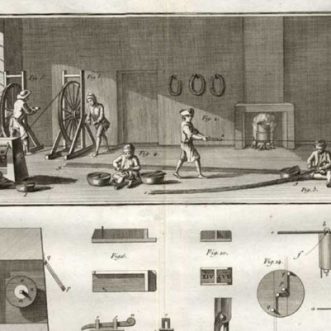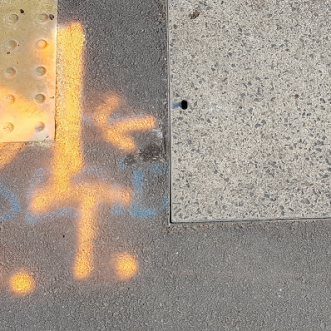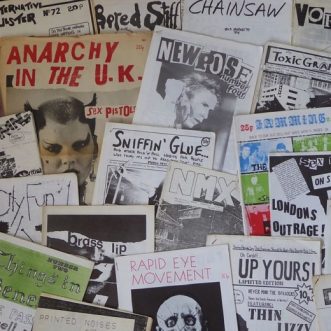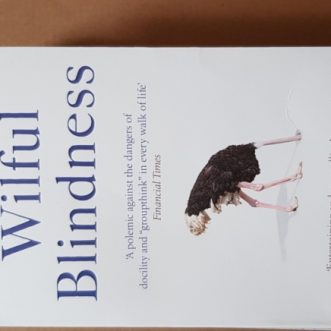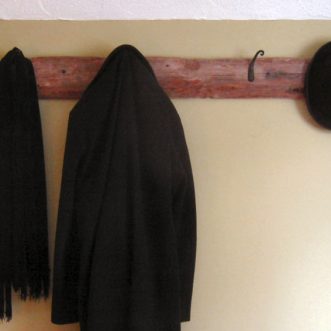
Presenteeism
As many have discovered during lockdown, being in the office where you can be seen, isn’t necessary for getting results.
But for a long time, in a corporate environment, sitting at your desk was a proxy for working, with predictable effects. Some people stayed late, to look like they were working hard. Some used being present to cover for getting very little done.
At one place I worked, this was really easy to do, because everyone worked in their own Dilbert-style cubicle. Nobody could see whether you were working or sleeping – especially through the fog of cigarette smoke that hovered constantly over every cubicle.
The cubicles hid more than a hangover snooze. This was also the place where if you left your cubicle for half an hour, someone cannibalised your computer for spares while you were gone. So you couldn’t get anything done even if you wanted to.
But the worst case of presenteeism I came across was as part of a youth employment scheme back in the early 80s. It was interesting work. A small team of us researched and wrote papers for schools to use as additional resources for lessons. We wrote about local history, local firms and local places of interest.
We had a boss, but we were left pretty much to our own devices, which suited us fine, because the boss did nothing. Literally nothing. He sat in a different office, at his desk, staring into space and smoking. All day.
At the time we thought this was scandalous, but looking back I think it was actually marvellous. We managed ourselves. We worked in our own shared room. We chose our own projects, did our own research, collaborated with each other to produce, illustrate, print and in at least one case publish our papers. We believed in what we were doing, we had fun, and we produced good work. What’s more, we learned how to do it again. We didn’t need to be watched over.
The only downside was for the organisation that employed us all – they could have saved themselves some overhead, and employed a couple more researchers instead.
We have managers, because we don’t believe people will work unless they’re made to, then surveilled to make sure they are.
But is that really true? We know it doesn’t work for some people, and for the rest it isn’t needed.
There is a better way. And I think it looks like this:

Backed up by a clear Promise, and an empowering Score.



